Category: Idaho Army National Guard
Idaho National Guard’s Helicopter Battalion deploys to Kosovo
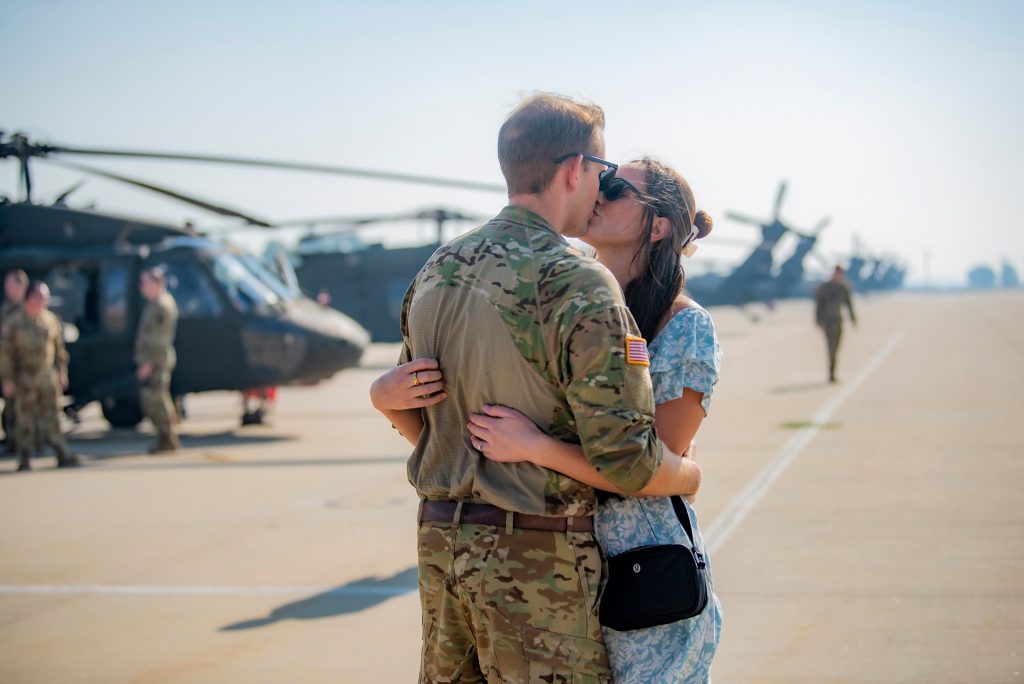
Family, friends and coworkers gathered on Gowen Field on Aug. 22, 2024, to say farewell to Soldiers from the Idaho Army National Guard’s 1st of the 183rd Assault Helicopter Battalion as they left Idaho to prepare to deploy overseas in support of Operation Joint Guardian.
“I have complete confidence that you will carry out this mission successfully and return home safely,” said Maj. Gen. Tim Donnellan, adjutant general of Idaho and commander of the Idaho National Guard. “You are among the finest Soldiers and your commitment to duty and to each other will see you through. We will continue to support you from here, and we look forward to welcoming you back home with pride and honor.”
Several UH-60M Black Hawk helicopters and more than 100 personnel deployed to Texas to receive approximately 30 days of additional training before departing to Kosovo for an 11-month rotation in support of the NATO peace-keeping mission. The unit has anticipated this mission since October of 2022 and the battalion’s Task Force Sawtooth has trained for the past 18 months in preparation for this mobilization.
Operation Joint Guardian is a joint mission under the United States European Command. Soldiers will focus on training and supporting allied partners.
“The Soldiers of Task Force Sawtooth have been working and training diligently over the past 18 months for this deployment,” said Lt. Col. Bryan C. Reid, 1st of the 183rd AHB commander. “Leadership is proud of what we have accomplished, we are focused on the mission ahead and we are ready to go.”
This deployment is the first time since 2003 that the unit has deployed to the region. The 1st of the 183rd Assault Helicopter Battalion previously deployed to Bosnia in 2002-2003 in support of a humanitarian relief aid mission and to Southwest Asia in support of Operation Enduring Freedom in 2006-2007. Most recently, the unit conducted a large-scale exercise in Guatemala in 2019, training with the Guatemalan Armed Forces as part of a humanitarian effort to help build schools and medical facilities while gaining critical experience working with foreign military partners.
“I have confidence in your readiness,” said Donnellan. “You’ve undergone extensive training and are equipped with the best tools and knowledge available. Your dedication to this mission is clear, and I know you will carry it out with the professionalism and excellence that defines the 1st of the 183rd AHB.”
Idaho National Guard OIF Vets Reunite After 20 Years
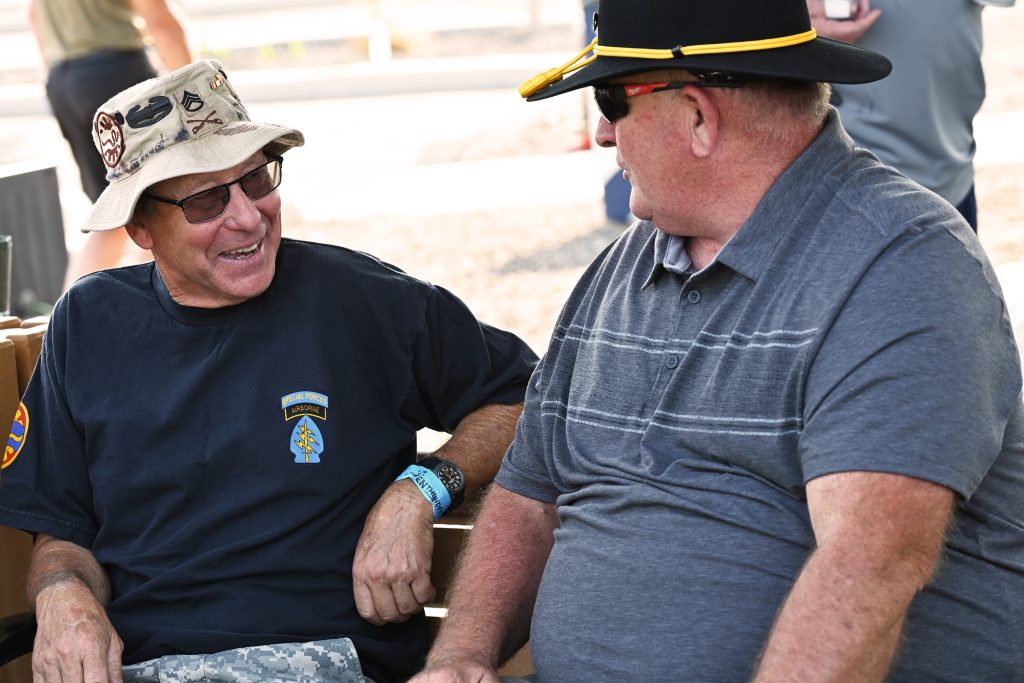
Veterans who served during the largest deployment in Idaho National Guard history gathered for a three-day 20th anniversary reunion in Boise this weekend. The weekend included battalion gatherings, a family day that included a live concert performed by the 25th Army Band and a remembrance ceremony in honor of those who made the ultimate sacrifice.
On Saturday, Dirk Kempthorne, former U.S. Secretary of the Interior and Idaho governor, was among those who addressed current and former members of the 116th Brigade Combat Team, which deployed to Iraq in support of Operation Iraqi Freedom in 2004. Kempthorne was serving his second term as governor when the unit deployed.
“To you members of the 116th, I will always be proud and inspired to stand with you,” said Kempthorne. “You have served this state with incredible bravery, courage and achievement. You have established a whole new history for Idaho about what our citizens, when called upon to serve this nation, this state and when necessary, to go to battle, will do and accomplish.”
Idaho Lt. Gov. Scott Bedke was also present, delivering a proclamation from current Idaho Gov. Brad Little to the stage declaring Aug. 10 as a day of recognition for the unit across the state.
Retired Brig. Gen. Alan C. Gayhart, who served as the unit’s commander throughout the deployment, said the unit was bolstered by Guardsmen from 15 states and included unique capabilities that were key to mission success.
“There was a reason the 116th Brigade was selected to serve in this massive area of over 10,000 square miles and three million people,” said Gayhart. “The combination of your military and civilian skills and capabilities were those needed in this troublesome area. It was clear that you were the warriors best suited to not only fight the insurgents in combat, but as citizen-Soldiers you were instrumental in the establishment of government, civic, economic, agricultural and other functions critical to peace and prosperity in this area.”
First Warrant Officer Candidates in Nation Graduate from Home Station Schools
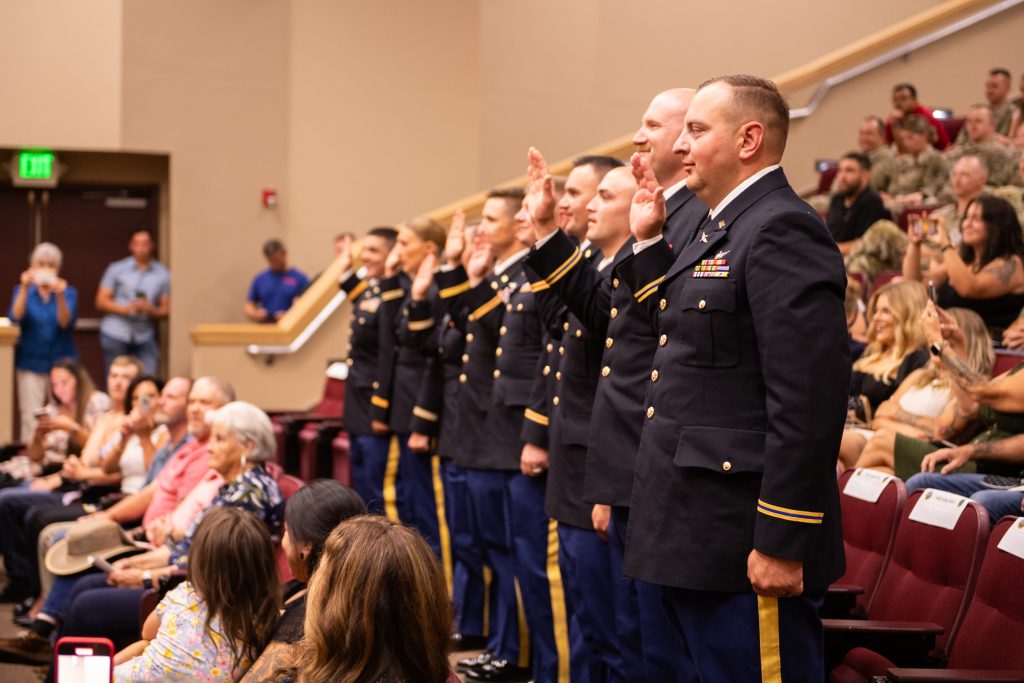
Eight Idaho Army National Guard and one Utah National Guard warrant officer candidates were among the first in the nation to graduate and pin on their new ranks in their home state or Regional Training Institute, on Aug. 4 under a revamped training timeline being implemented to the phased commissioning program across the country.
The graduates from the 2nd Modular Training Battalion 204th Regiment Warrant Officer Candidate School, Class 24-001 are: Warrant Officers Jesse J. Bliss, Simonne A. Boice, Tori J. Frederick, David G. McKenna, Devon K. Middleton, Phillip D. Pallister, David A. Reese, Jared A. Scott and Cade D. Terry.
Historically, National Guard warrant officer candidates who choose to commission through the phased program have begun Phase I of their Warrant Officer Candidate School training at RTI’s located on their home station or regionally over the course of five drill periods. Phase II of the training took place over the course of two weeks at Camp Atterbury, Indiana, and candidates graduated and pinned on their new rank there.
Chief Warrant Officer 4 Chad Thomas, commander of the Idaho National Guard’s WOCS, said the change reverses the phases, allowing candidates to begin their training at Camp Atterbury and complete WOCS at their home station or regional RTI. It also reduced the number of training days in the accelerated course hosted at Fort McClellan, Alabama, from 28 to 24. Thomas said the modifications came about as the result of input received during a two-day Reserve Component Warrant Officer Candidate School Regional Training Institute Workshop. During the workshop, more than 80 personnel from all 27 RTI’s collaborated with senior leadership from the National Guard Bureau to modernize the program.
Thomas said the Idaho National Guard is also working to keep attrition low by including a pre-WOCS course to prepare candidates for Phase I prior to reporting to Camp Atterbury.
“This was the perfect class, said Thomas. “They really gave the cadre a lot of grace, the candidates understood the changes and it was a really good experience.”
Chief Warrant Officer 5 Edward Barnowski, Idaho’s command chief warrant officer, said the changes allow home state units to personalize the course, focus on local history and make graduation celebrations more accessible to family members.
“The new schedule and POI (program of instruction) has really opened things up for us here and allows us to have culminating events,” said Barnowski.
The Idaho candidates participated in a staff ride to Minidoka, a World War II-era Japanese national internment camp near Twin Falls, hosted a mentorship dinner and took part in a victory run on Gowen Field.
“It’s just a more personable experience for the candidates,” he said. “There were so many families at the graduation. They were really excited to see their Soldiers graduate from this course, and they never got that opportunity before.”
Idaho Army National Guard rescues injured hiker near Stanley
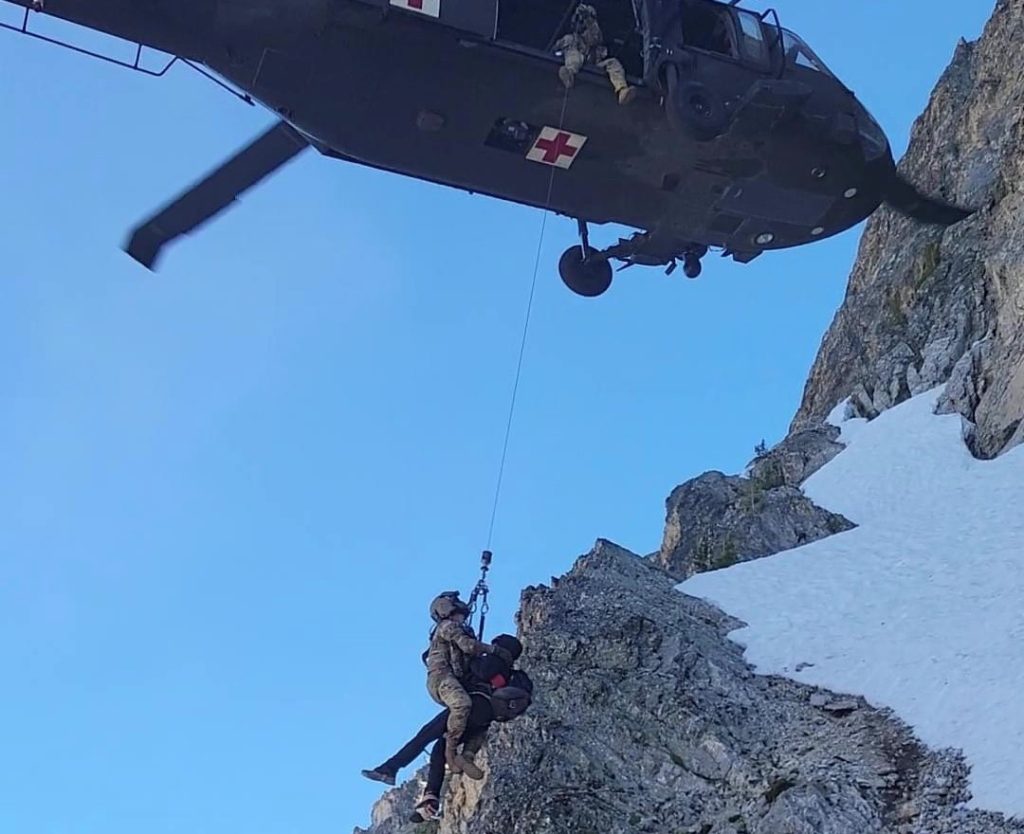
The Idaho Army National Guard’s State Aviation Group assisted Custer County Search and Rescue with the rescue of an injured hiker July 6 on Thompson Peak of the Sawtooth Range, outside of Stanley, Idaho.
The hiker, a 19-year-old male, suffered an ankle injury following a fall while rock-climbing near the mountain range’s highest peak, located approximately 75 miles outside of Boise.
“Our crew did an incredible job under some very challenging environmental conditions,” said Capt. Katherine Smith, commander of Det. 1, Company G 1st of the 168th Aviation Regiment. “The rescue required a great deal of crew coordination, as well as teamwork with the highly proficient extraction team from the Custer County Sheriff’s Office.”
The flight crew consisted of pilots Chief Warrant Officer 3 Theron Cameron and Chief Warrant Officer 3 Brennan Hoover; two crew chiefs, Sgt. Adam Brundy and hoist operator Sgt. Jessica Adamson; and one medic, Sgt. 1st Class Jared Gilstad.
The patient was initially located on a shear rock wall under a ledge. After locating him, crew members determined that there was no way to safely insert a hoist rider and extract him. The flight crew then flew to the Stanley Airport and picked up a five-person technical rope rescue team from Custer County’s search and rescue team.
“We were able to inert the team about 300 meters away from the patient using a two-wheel landing,” said Chief Warrant Officer 3 Theron Cameron, an Idaho Army National Guard UH-60 pilot.
The rescue team roped to the patient and relocated him to more favorable recovery site, where Adamson was able to lower Gilstad safely onto the ground near him. Gilstad quickly secured the patient and Adamson hoisted the pair back into the aircraft while the pilots kept the aircraft stable in challenging conditions.
“Due to the reduced power margins caused by altitude of more than 10,300 feet, the uneven terrain and the location of the extraction site, the aircrew was forced to pay extremely close attention to the aircraft limitations,” said Smith. “Lack of situational awareness in these types of situations could lead to a loss of lift or even rotor drop, requiring the aircrew to have to execute an emergency procedure to maintain stable flight.”
The flight crew transported the patient to the Stanley Airport, where he was transferred to civilian medical care.
State, Guard Conduct Cyber Discovery 2024
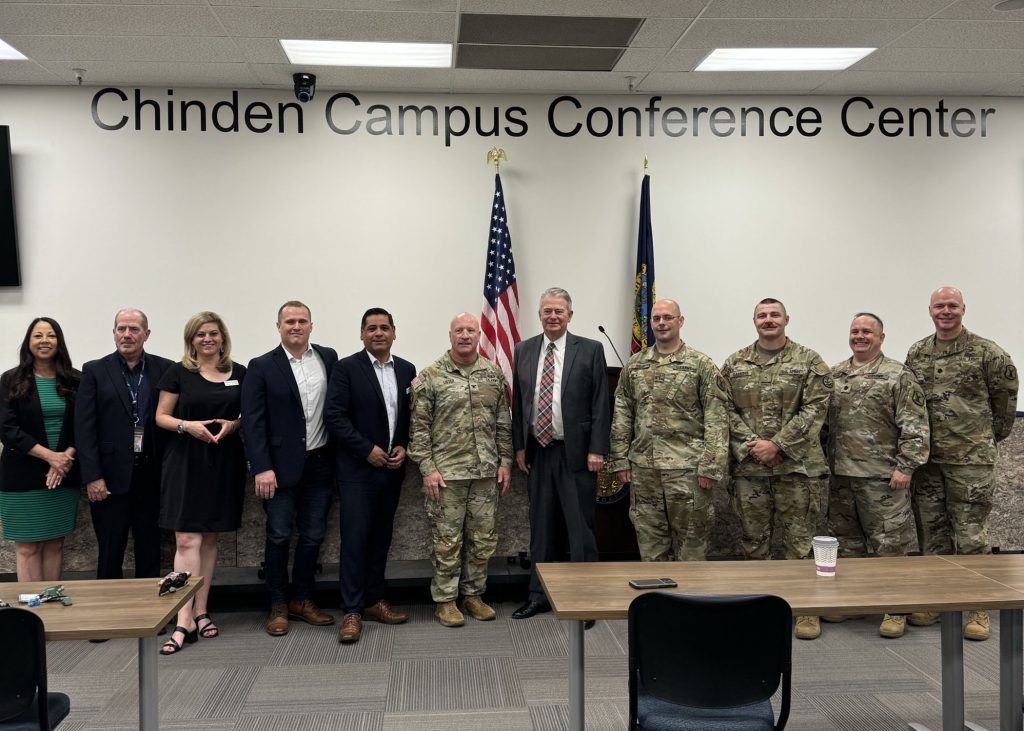
The Idaho National Guard and the Idaho Office of Information Technology Services recently hosted Cyber Discovery 2024 at the state’s Chinden Campus in Boise. Cyber Discovery is a regional cyber exercise focused on security operations, incident tracking and response. The exercise takes place within the framework of the Department of Defense’s Innovative Readiness Training program, enhancing its training value to both the state and Idaho National Guard while saving taxpayer dollars.
“One of the biggest benefits to conducting the training like this is that there’s minimal cost to either party,” said Col. Dan Lister, chief information officer for the Idaho National Guard’s Office of Information Management. “If you were to simulate this, you would be into the millions of dollars.”
During the exercise, 26 Guardsmen from Alaska, Idaho, and South Dakota Army and Air National Guards played the role of cyber threat actors while a team of 19 ITS employees, three Boise State cyber security program students and three Idaho Army National Guardsmen formed a defense team.
“We’re training to rapidly integrate Guard members for that cyber 911 that could come at any time,” said Chief Warrant Officer 4 Jerred Edgar, a defense cyber operations element officer with the Idaho National Guard. “We’re able to use the IRT to form and shape that response and rehearse it with our partners.”
Edgar said the ITS blue team made significant strides in threat detection, synchronized actions, and teamwork over last year’s performance in the exercise.
“Everything we do in these environments produces tangible results that the state can use to reduce cyber threats,” he said. “It’s process improvement, it’s building on efficiencies and identifying effective tools.”
The exercise provides exceptional training value to Guard members as well, said Lister.
“They’re training in a large-scale, real-world environment,” he said. “It really can’t be simulated and it’s very complementary to the skill sets they will use at various military echelon levels wherever they go in the world.”
Maj. Gen. Timothy J. Donnellan becomes Idaho’s 26th adjutant general
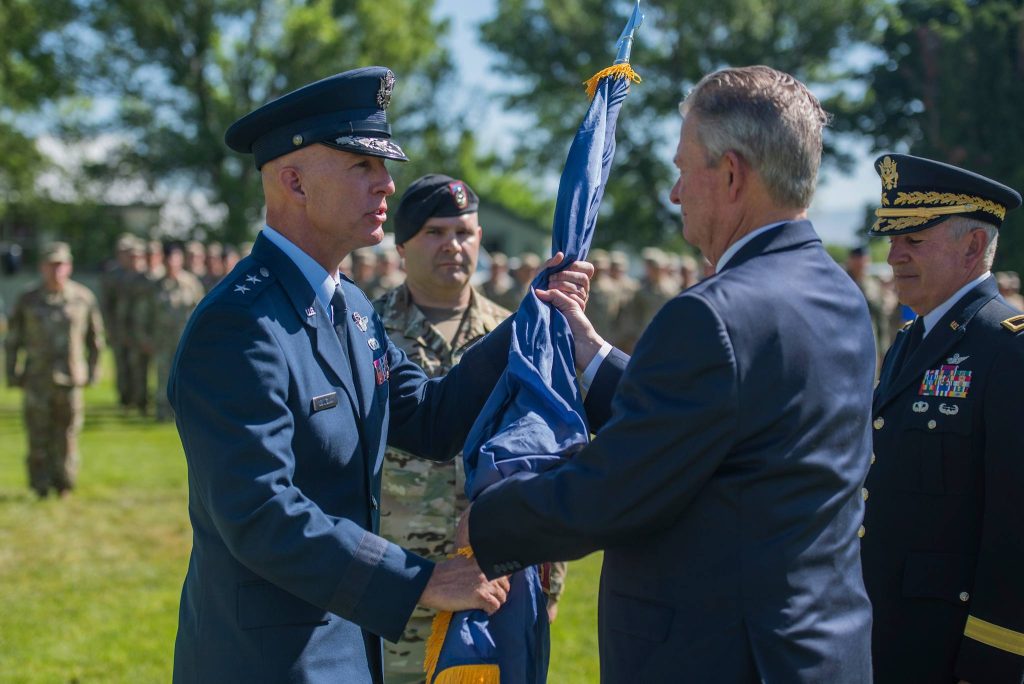
Guardsmen, Volunteers Clean Up Birds of Prey National Conservation Area
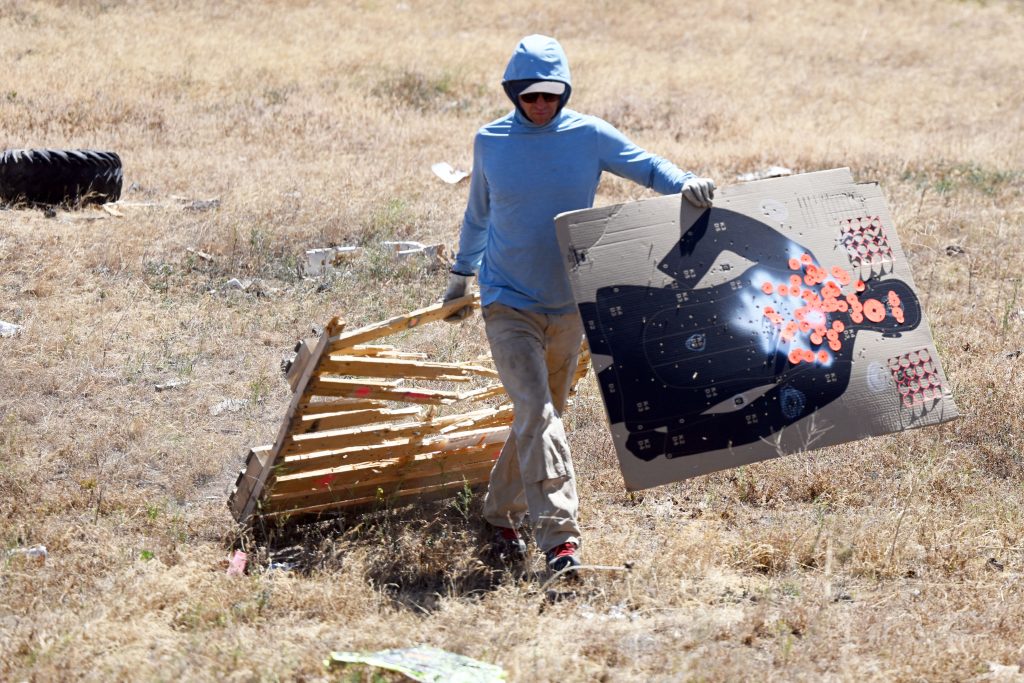
Idaho National Guardsmen, German JTACs reinforce relationships through training
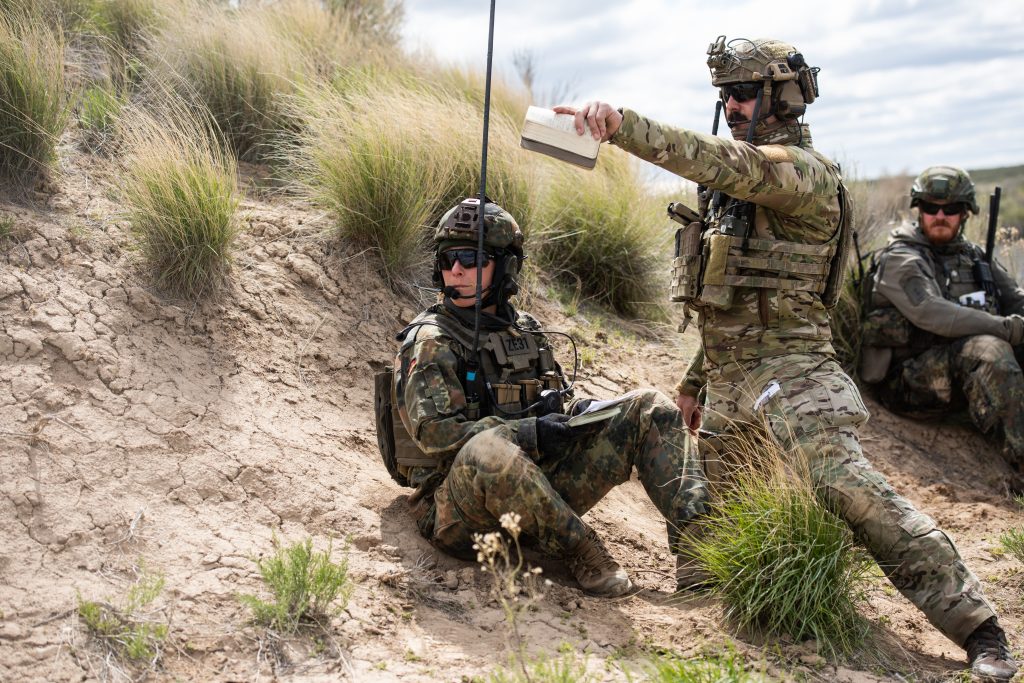
In 2015, an enlisted Idaho Air National Guardsman and a German Army lieutenant attended the same Joint Terminal Attack Controller Qualification Course and began a friendship that has had international implications for the past eight years. The two engaged in a series of conversations throughout their time at the course that resulted in a lasting partnership between the Idaho National Guard and the German military.
Master Sgt. Justin Clark, a senior airman at the time, is now a JTAC program coordinator with the 124th Air Support Operations Squadron. Clark said he immediately began looking for opportunities to bring the lieutenant’s unit to Idaho upon his return from the course. He said his unit commander’s support was key to guiding him through the process of coordinating and facilitating the German JTAC unit’s first visit to Gowen Field in the spring of 2016. The unit has returned every year since.
“The win, where it gets better every year, is the partnership,” said Clark. “We share lessons learned, and everyone’s experience culminates to make both parties better.”
This year, soldiers and airmen from Germany’s Joint Terminal Attack Controller Competence Center partnered with the Idaho Air National Guard’s 124th Fighter Wing to conduct close air support training at the Saylor Creek and Juniper Butte Ranges, Idaho, May 1-18. Idaho Army National Guard UH-60 pilots and crew also supported portions of the training, adding another layer of realism to the German troops training and further expanding their nearly decade-long partnership. The joint training incorporated NATO tactics, techniques and procedures, utilizing A-10 Thunderbolt II aircraft to prosecute targets ranging from armor, artillery, bunkers, simulated enemy combatants, moving targets, surface to air threats and more.
The visiting joint terminal attack controllers coordinate, integrate and direct the actions of combat aircraft engaging in close air support operations and joint fire observers, who augment JTACs by relaying target data. Leading them was Clark’s former classmate, Maj. Andreas Marx. Now a JTAC instructor himself, he said taking advantage of Idaho’s vast military range complex to enhance his unit’s training and further strengthen the international partnership is a win-win partnership.
“The CAS training opportunity that we have here, in conjunction with our partners from the 124th Fighter Wing is invaluable to us,” Marx said. “We do focus our training very much on large scale combat operations scenarios in the European theater of operations. Our partnership provides both sides with a common understanding and shared TTPs that will be of utmost importance during possible future conflicts with near-peer enemies.”
Located approximately 43 miles southeast of Gowen Field, Saylor Creek Range offers an impact area three miles wide by six miles long, where air and ground assets can employ live munitions.The Juniper Butte Range is located on 110,000 acres in southern Idaho and is covered with simulated hostile radar facilities, most of which are moveable electronic “threats. The range complex consists of two mock surface to air missile site targets in two strafe pits, a command site, a mock rail yard protected by two SAM sites, a radar/radio jamming tower and a range maintenance depot.
Master Sgt. Dennis Goettel, a joint fires platoon sergeant with the German Army, said the training site is unlike anything they have in Germany.
“In Germany, our soldiers never get into realistic situations like they do in Idaho because of training restrictions,” said the platoon sergeant. “It helps our soldiers to see live munitions hit their targets because then they know what they say to pilots really matters.”
In addition to the training, 124th ASOS Airmen and their German guests participate in other military exchange activities. This year, the units completed German and ASOS physical fitness assessments, and the Germans conducted shoot-and-move 9mm pistol and M4 carbine qualification courses for the Guardsmen.
Clark said the unit is expected to return to Gowen Field for another training event in August, when it will fully integrate with the 124th ASOS to conduct full mission profiles encompassing the squadron’s focus points – shoot, move, communicate, practice combat medicine and fitness.
Air Force’s 582nd Helicopter Group trains at OCTC
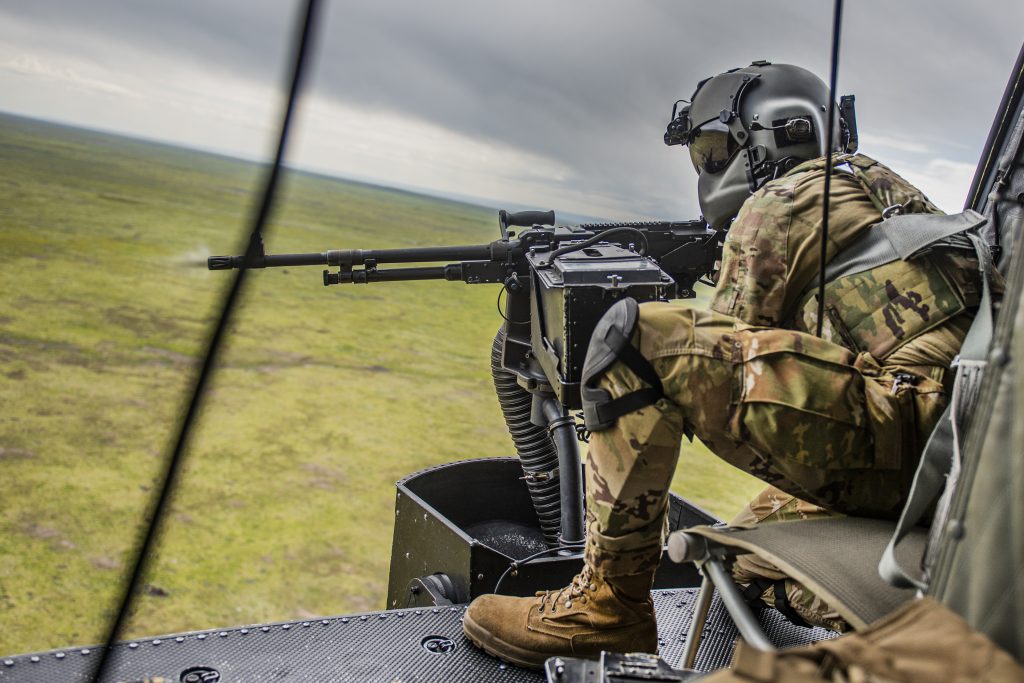
The Air Force’s 582nd Helicopter Group, conducted aerial gunnery training at the Orchard Combat Training Center April 15-26 to ensure its pilots and flight engineers are ready and able to provide airborne security operations.
The squadron, headquartered at F.E. Warren Air Force Base in Cheyenne, Wyoming, is geographically separated with squadrons in Montana, North Dakota and Wyoming, Its members fly security response missions, enabling key Task Force 214 operations supporting nuclear security missions for 450 intercontinental ballistic missile sites throughout the region.
The training, which incorporated elements from all three states, serves a dual purpose, said Air Force Capt. Nick Curren, a UH-1N Huey pilot and mission commander for the training evolution. Flight engineers are focused on conducting pre-flight weapons checks, remediating weapons malfunctions and engaging targets on the range, while pilots are focused on maneuvering the aircraft to maximize engineers’ opportunities for success. The end result should be a tighter, more proficient crew.
Curren, along with many of his fellow Airmen, is training at the OCTC for the first time. Most of the squadron’s similar training exercises take place at bases in Canada, Minnesota, Utah and Wyoming, but the OCTC’s reputation and amenities made the decision to train in Idaho an easy one, he said.
“We’ve only ever heard good things about the range,” said Curren. “This is also my first time as a mission commander, and the people here have been great about answering all my questions and helping me make sure we are doing everything we need to do to make this a success.”
Idaho’s OCTC is a premier joint combined arms training site with 171,000 acres and 23 world-class ranges.
Youth ChalleNGe Academy breaks ground on new barracks

The Idaho Youth Challenge Academy broke ground on a new barracks building April 9 in Pierce. Representatives from the Idaho National Guard gathered for the ceremony along with staff members from Gov. Brad Little’s office.
The $13.5 million, 18,000 square foot building will replace temporary billeting facilities currently in use at the academy. The new barracks also allows for potential expansion of the program with room to house up to 180 students and cadre.
Academy Director Trevor Sparrow said building strong relationships has been an important aspect of its success and growth over the years.
“We are so grateful for the support of all of our partners around the state from the cadets who attend, their families, local businesses and communities, the Idaho State Legislature and the Governor’s office,” said Sparrow. “This building solidifies the commitment that Idaho has to ensure the Idaho Youth ChalleNGe Academy stands ready to ensure a legacy of excellence for decades to come.”
The Idaho Youth ChalleNGe Academy opened its doors in 2014 with the mission “to intervene in and reclaim the lives of at-risk youth to produce program graduates with the values, skills, education and self-disciple necessary to succeed as responsible and productive citizens and adults.” Since then, the academy’s focus on providing education and developing employment and life skills among its student body has helped more than 2,000 Idaho youth earn traditional or general education diplomas.
Maj. Gen. Michael Garshak, Idaho adjutant general and commander of the Idaho National Guard, served as the presiding official during the ceremony.
“Two thousand and seventy-five young men and women from the state of Idaho have completed this and have really improved the citizenship and the future for our state,” said Garshak. “It’s time now that we move out of a temporary facility and build permanent barracks because I think the Youth ChalleNGe Academy has demonstrated that it is here to stay.”
The project is slated to be completed in November 2025.
 Official Government Website
Official Government Website